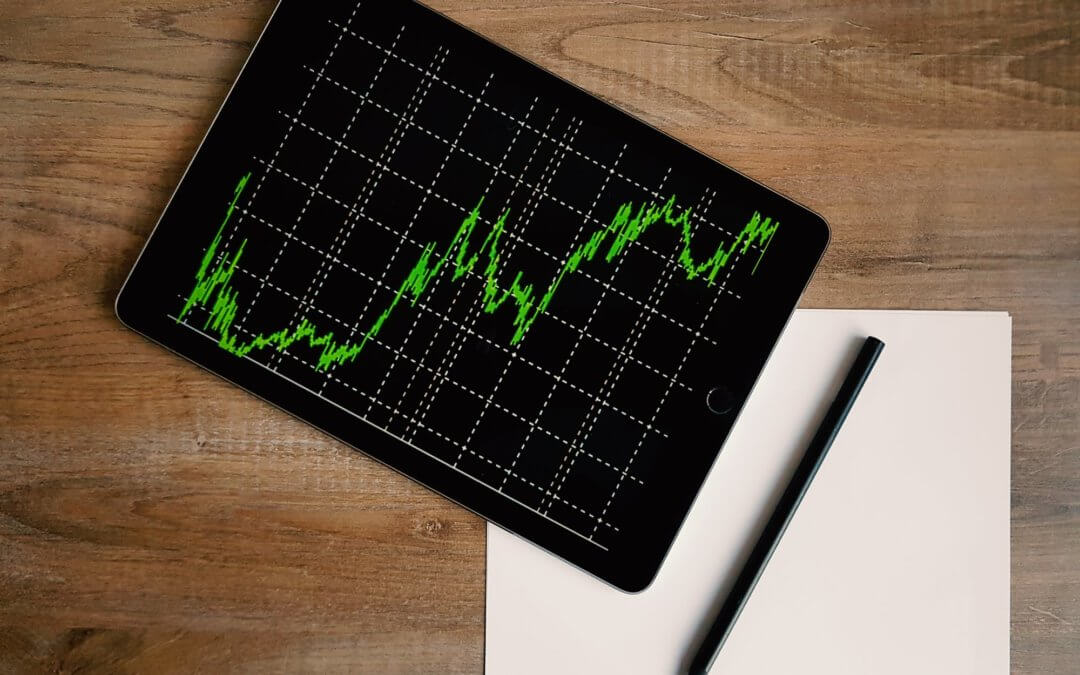At some point in your business’ lifetime, it will need a valuation. Selling up isn’t the only reason to do so. Hopefully, investment and growth will be expected in the future, and you can’t secure finance or know which areas to expand without having a firm grasp of the numbers.
If you value too high, you risk turning off investors if you can’t justify the amount. Too low, and you might deter them altogether. Here, we guide you on the best valuation techniques for beginners, along with advice on how to maximise the worth of your business.
Asset valuation
This calculates the Net Book Value of your assets. Asset valuation is easy enough for those that are tangible or fixed, like property, machinery and stock. The figures will unlikely be what you initially bought the assets for, so depreciation will need to be taken into account.
Assets that are intangible include those that are without a clear price tag, such as your reputation, any trademarks, the team’s worth, and your business’ growth potential. The value of these can be a little harder to determine – you may want to estimate the cost of building or obtaining the asset if you were to start from scratch.
Entry cost valuation
This method requires you to work out the amount it would cost to establish a similar business to yours, so assets will need to be considered too. Along with the startup costs, you should factor in the fees for any product development, creation of your customer base, and recruiting and training employees.
As you’ll have the benefit of hindsight, you will now know the areas where you could have spared money setting up. This could be things like purchasing lower-priced assets. You would then subtract these savings to produce your entry cost figure.
Price to earnings (P/E) ratio
The P/E ratio is often determined by what your business is forecast to achieve, or your industry’s average. You take your share price (£100, for example) and divide this figure by the earnings per share once tax has been deducted (£10) to get the ratio (10). You then multiply your post-tax profits (£100,000, say) by the ratio to work out the value (£1m). If your business has previously produced good profits, and is expected to do so in the future, then this ratio will be higher.
The figure can also depend on the type of business you own. Cutting-edge startups can expect to grow fast, and so have accelerated profits. Those companies that are more common, or in the ‘mature stage’ of the business life cycle, tend to have a lower P/E ratio.
Other techniques
There’s also the ‘discounted cash flow’ technique, which is also more fitting to mature businesses, providing their cash flow is constant and predictable. This estimates how much the future cash flow would be worth now, using a discount rate that considers the risk and time value of the money.
An ‘industry rule of thumb’ may also be a method you can use. If you’re selling, then certain industries have typical valuations based on experience and similar businesses.
Maximising the value of your business
There are a few effective ways to increase the value of your business, including ensuring intellectual property is protected (a specialist law firm like Brandsmiths can assist with this) and reducing overheads. Guaranteeing your figures are correct in the first place will also prove to be a great help.
An expert accountancy practice like Nabarro Poole can assist with this – as well as raising your worth by forecasting your financial future and analysing the present to spot new revenue streams. We use cloud accounting to ensure the valuation is as up to date as possible. For further information about the services we provide, get in touch with us today.

Recent Comments